Can You Travel With Camera Batteries?
Traveling with camera batteries can be a bit of a conundrum for many photographers, both amateur and professional. With the increasing security measures at airports and the potential hazards associated with lithium batteries, it's crucial to understand the regulations and best practices for traveling with these essential pieces of equipment. This article aims to provide a comprehensive guide on how to travel with camera batteries safely and efficiently, ensuring that your photography gear is ready to capture every moment of your journey.
Understanding Battery Regulations
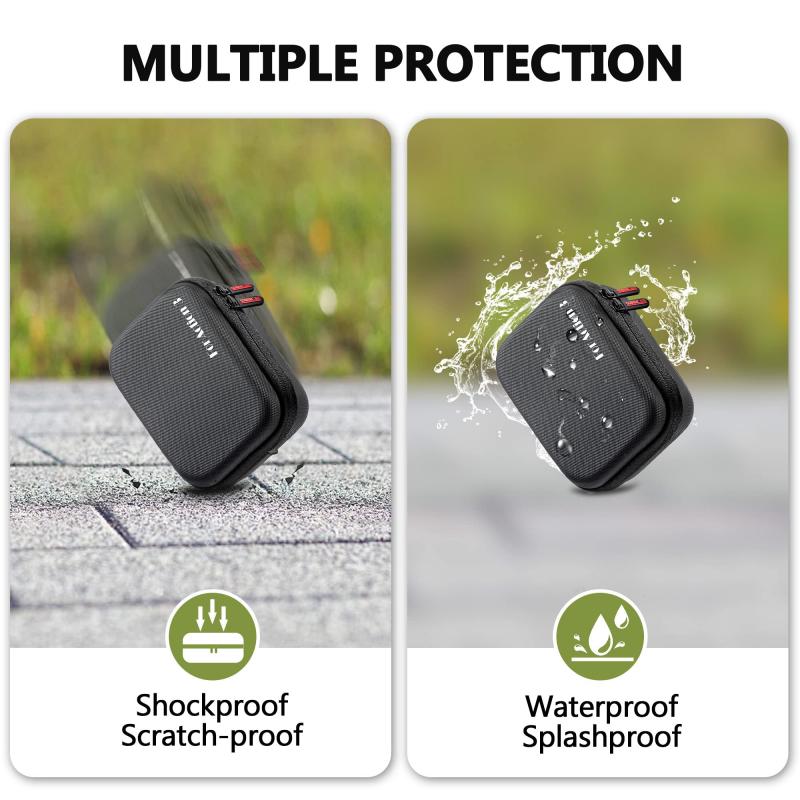
The first step in traveling with camera batteries is understanding the regulations set forth by aviation authorities. The International Air Transport Association (IATA) and the Federal Aviation Administration (FAA) have specific guidelines for carrying lithium batteries, which are commonly used in cameras.
1. Carry-On vs. Checked Luggage: Lithium batteries are generally allowed in carry-on luggage but are restricted in checked baggage. This is because the cargo hold of an aircraft is not as easily accessible in case of a fire, making it safer to keep these batteries in the cabin where any issues can be quickly addressed.
2. Battery Capacity: The capacity of lithium batteries is measured in watt-hours (Wh). For most consumer electronics, including camera batteries, the following rules apply:
- Batteries with a capacity of up to 100 Wh can be carried in both carry-on and checked luggage, although carry-on is preferred.
- Batteries with a capacity between 100 Wh and 160 Wh require airline approval and are typically limited to two spare batteries per passenger.
- Batteries exceeding 160 Wh are generally prohibited unless they are installed in equipment, and even then, they may require special handling.
3. Spare Batteries: Spare (uninstalled) lithium batteries must be individually protected to prevent short circuits. This can be done by keeping them in their original packaging, using a battery case, or taping over the terminals.
Preparing Your Camera Batteries for Travel
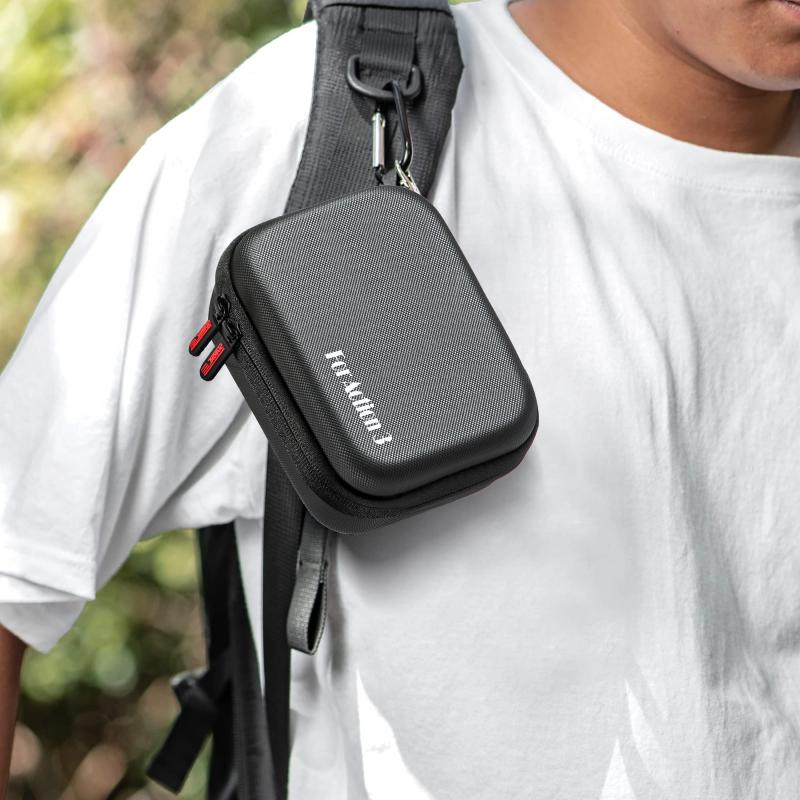
Once you understand the regulations, the next step is to prepare your camera batteries for travel. Here are some practical tips to ensure your batteries are safe and compliant with airline rules:
1. Check Battery Capacity: Before packing, check the capacity of your camera batteries. This information is usually printed on the battery itself. Ensure that all your batteries comply with the airline's regulations.
2. Use Protective Cases: Invest in protective cases for your batteries. These cases not only prevent short circuits but also protect your batteries from physical damage during transit.
3. Discharge Batteries: If possible, discharge your batteries to around 30-50% of their capacity before traveling. Fully charged batteries are more prone to overheating and can pose a greater risk.
4. Label Your Batteries: Clearly label your batteries with their capacity in watt-hours. This can help expedite the security screening process and avoid any confusion with airport staff.
Navigating Airport Security
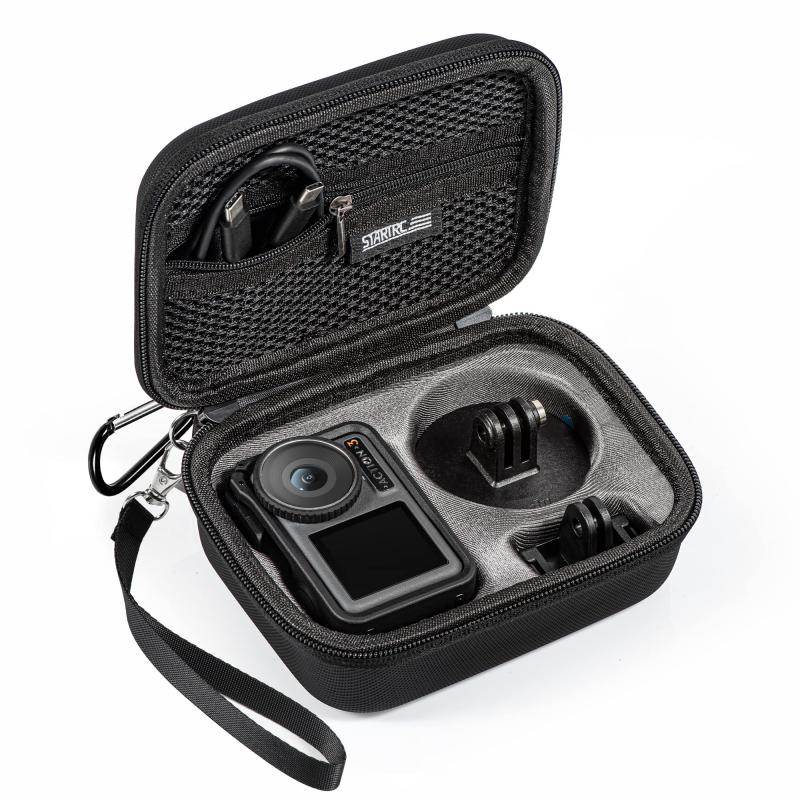
Airport security can be a stressful part of traveling, especially when you have a lot of camera gear. Here are some tips to make the process smoother:
1. Separate Your Batteries: When going through security, remove your camera batteries from your bag and place them in a separate bin. This makes it easier for security personnel to inspect them and reduces the likelihood of delays.
2. Be Prepared to Explain: Security personnel may ask questions about your batteries. Be prepared to explain what they are for and show any relevant documentation, such as airline approval for larger batteries.
3. Follow TSA Guidelines: The Transportation Security Administration (TSA) in the United States has specific guidelines for carrying batteries. Familiarize yourself with these guidelines and follow them to avoid any issues.
In-Flight Considerations
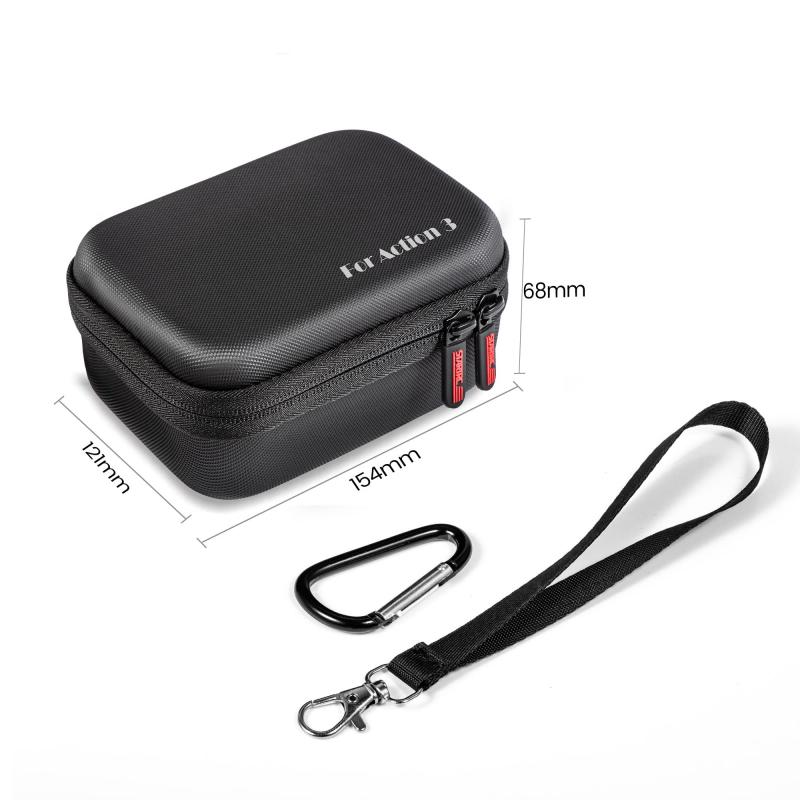
Once you're on the plane, there are a few additional considerations to keep in mind:
1. Keep Batteries Accessible: Store your camera batteries in an easily accessible part of your carry-on bag. This allows you to quickly retrieve them if needed and ensures they are within reach in case of an emergency.
2. Monitor Battery Temperature: Keep an eye on the temperature of your batteries during the flight. If you notice any signs of overheating, such as a hot battery or a strange smell, notify the flight attendants immediately.
3. Avoid Using Batteries: If possible, avoid using your camera batteries during the flight. This reduces the risk of overheating and conserves battery life for when you reach your destination.
International Travel Considerations
Traveling internationally with camera batteries can introduce additional complexities. Different countries may have varying regulations and enforcement practices. Here are some tips for international travel:
1. Research Destination Regulations: Before you travel, research the battery regulations for your destination country. Some countries may have stricter rules or additional requirements for carrying lithium batteries.
2. Language Barriers: If you're traveling to a country where you don't speak the language, consider carrying a printed copy of the battery regulations in the local language. This can help communicate with airport security and avoid misunderstandings.
3. Customs Declarations: Be prepared to declare your camera batteries at customs if required. Some countries may have specific declaration forms or procedures for lithium batteries.
Traveling with camera batteries doesn't have to be a daunting task. By understanding the regulations, preparing your batteries properly, and following best practices, you can ensure a smooth and hassle-free travel experience. Whether you're a professional photographer or an enthusiastic hobbyist, these tips will help you keep your camera gear safe and ready to capture the beauty of your journey. Remember, the key is to stay informed, stay prepared, and stay safe. Happy travels and happy shooting!


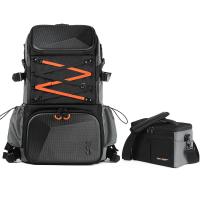


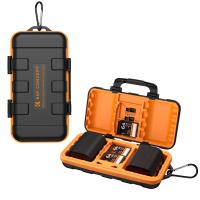
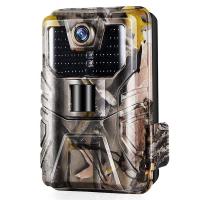





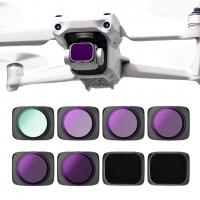




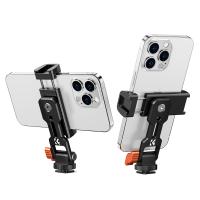




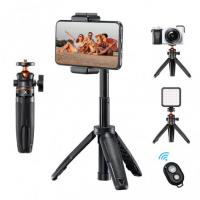

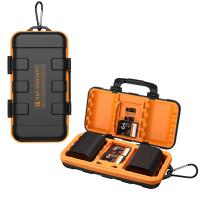
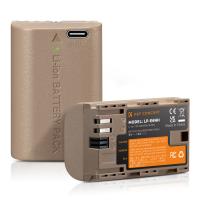
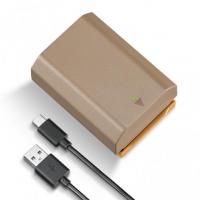
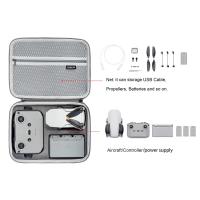





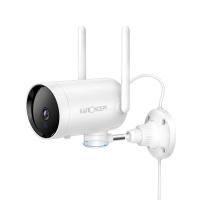

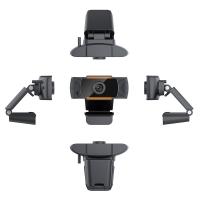




There are no comments for this blog.